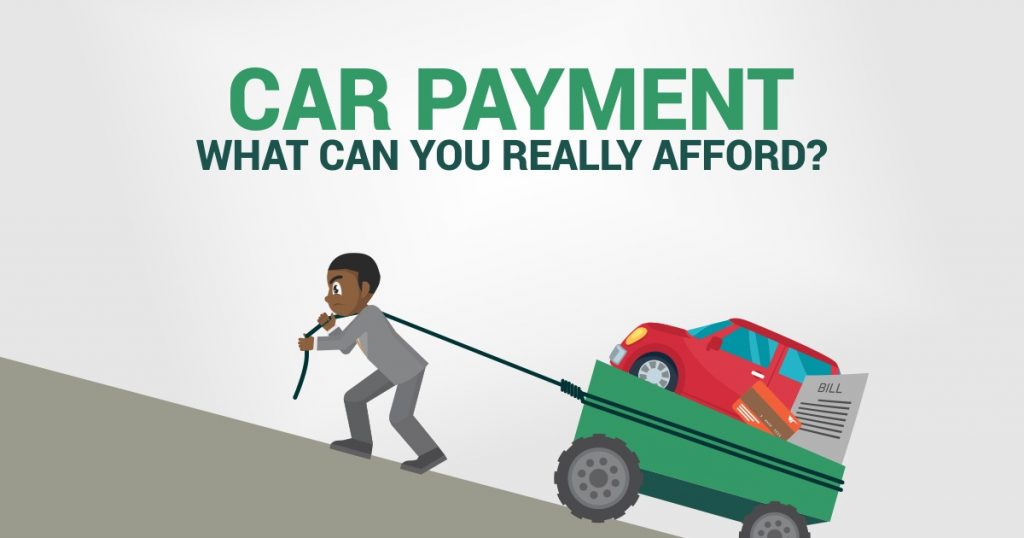If you are looking to buy a vehicle with a car loan, it’s important to ensure that the monthly car payment is something you can afford. To achieve this, you need to plan this alongside several other aspects of your life.
For instance, spending 50% of your monthly income on a car loan is not a wise financial decision. This way too much. Rather, what you should do is to strive to keep your monthly payment plan to 20% at most. If you can cut this down to 10%, then that’s great.
Your goal is to get your car, make your monthly payment and strive to strike a balanced budget. Find out how you can achieve this:
Make Sure You Can Afford Your Monthly Car Payment
Before you commit your hard-earned salary into a car loan, you should be 100% certain that it is something that will not plunge you into financial misery. Your next question is probably around how this can be achieved.
One way to do this is to use the 50-30-20 rule. According to this rule, you are expected to split your monthly earning into three broad spending categories. Here’s the breakdown:
- 50% of your salary/earnings should be dedicated to your housing, food and transportation (Transportation, in this case, is your monthly car payment and related expenses)
- 30% of your salary/earnings should be dedicated to your wants (Such things include entertainment, travel and other nonessential items)
- 20% of your salary/earnings should go into your savings, paying off credit cards as well as meeting long-term financial goals
Did you know that the monthly payment of your car loan falls into the ‘needs’ category? For a lot of people, owning a car represents a huge accomplishment. This is because it helps you cover some essential things such as holding down a job or transporting the children to school and back home.
There Are Additional Expenses
According to industry experts, you should not spend more than 20% of your income financing a car loan. There are several reasons why you should not break this rule.
Besides your car payment, there are other additional expenses that you are inevitably part of the equation. Such extra expenses include your repair works, fuel, maintenance, insurance, tolls and parking fees.
Experts actually recommend that you keep the total car cost below 15% to 20% of your monthly salary. In other words, while your car payment is spread across 10% of your monthly pay, another 5% should be dedicated to general car expenses.
For example, if your monthly salary is N300,000, your car payment plan should not exceed N30,000 monthly while you spend another N15,000 per month on additional expenses on the car.
Stay Away From Expensive Car Payment Mistakes
After you have made a decision on a monthly car payment plan that does not crush your budget, you should pay attention to the lender’s calculation of your payment. Some of the factors you should take into account will include:
- The duration of the loan
- The exact loan amount
- The annual percentage rate (APR), which includes the interest rate
You need to be extremely careful here because you can end up making a number of mistakes at this stage. Do not focus on the monthly payment alone. You should remember to factor in the total cost of financing the loan.
You should always remember that, although some people prefer taking out a longer loan because it allows them to get a car payment that is more affordable, it isn’t a wise option. A longer loan leaves you prone to paying more in interest during repayment. Experts recommend nothing beyond 36 months if you are buying a used car. For new cars, they suggest a period of 60 months
Keep Things Balanced Without Forfeiting Your Taste
At this point, you probably have a clear picture of the kind of car you want. It’s okay to go for the car you want but you should remember to fit everything into your budget for the car.
Experts advise that you should economise when it comes to expenses on your car. However, if you are really passionate about customising your car, feel free to get it done so long you can strike a balance in your total budget for the car.
Final Thoughts on Car Loans and Monthly Car Payment
Now that you understand what the balanced budget approach can help you achieve, you should also know that it creates room for some flexibility. For instance, in a situation where you want a car that is slightly more expensive than what you originally planned for, you can be flexible with the 50-30-20 rule.
Under such a situation, you can consider taking a second look at ‘want’ category but this should not disrupt overall budget to a point where you find yourself having financial problems. In other words, make adjustments in other budget areas.
If you can spend just 10% of your monthly income on offsetting the car loan, that’s great. If not, aim to keep it at 20% or below.

